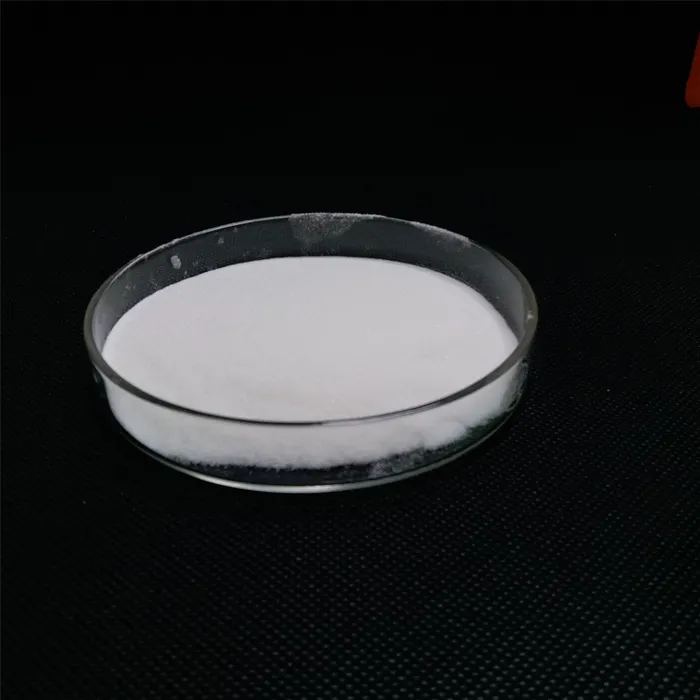Chemicals Used in Drinking Water Treatment
Drinking water treatment is a critical process that ensures the safety and quality of water supplied to communities worldwide. Various chemicals are employed throughout this process to eliminate contaminants, improve water clarity, and enhance the overall safety for human consumption. Here, we examine some of the most commonly used chemicals in drinking water treatment.
One of the primary chemicals used is chlorine. Chlorination is a widely practiced method of disinfection that targets harmful microorganisms, including bacteria, viruses, and protozoa. Chlorine is effective at killing pathogens and preventing waterborne diseases. However, the byproducts formed during chlorination, such as trihalomethanes (THMs), are of concern, leading to ongoing research into alternative disinfection methods, including chloramine and ozone.
Another crucial chemical is aluminum sulfate, often referred to as alum. Alum is used for coagulation—a process that helps large particles come together to form larger clusters, or flocs, which can then be easily removed from the water. This step is essential for improving water clarity and removing suspended solids, organic matter, and some pathogens.
chemicals used in drinking water treatment

Additionally, lime or sodium hydroxide is commonly utilized to adjust the pH of water. Maintaining appropriate pH levels is vital for optimal treatment efficiency and preventing corrosion in pipes. This adjustment not only improves the effectiveness of disinfectants but also protects the integrity of the distribution system.
Activated carbon is another important chemical used during the treatment process. It is employed primarily for adsorption, helping to remove organic compounds and unpleasant tastes and odors from water. By trapping these contaminants, activated carbon improves the overall aesthetic quality of drinking water, promoting consumer acceptance.
Lastly, phosphorus compounds, such as orthophosphate, may be added to prevent corrosion in distribution systems. These compounds form protective layers on pipe surfaces, significantly reducing the leaching of metals such as lead and copper into the water supply.
In conclusion, the use of chemicals in drinking water treatment is fundamental to ensuring safe and clean water for consumption. While these chemicals play a vital role in eliminating contaminants and enhancing water quality, ongoing research and advancements in technology continue to shape the future of water treatment practices, striving for safer and more sustainable solutions.

